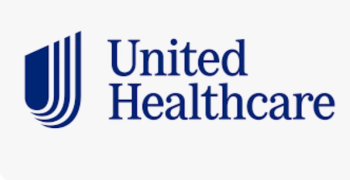
State of the industry 2010 spending increase 2010
State of the Industry survey results
"The big unknown is healthcare reform and the impact it will have," says Harvey Sobel, a principal at Buck Consultants in New York and consulting actuary.
Perhaps that uncertainty is why a majority of respondents stuck to historical patterns in predicting spending for 2010. In the poll, 27.6% predicted overall spending would rise 5% to 8% next year while 25.8% forecast a spending increase of 8% to 12%. The mean response was 9.3%.
Healthcare reform that brings coverage to all or some of the nation's estimated 46 million uninsured almost certainly would increase spending, but the major impact might not be felt until 2011, Sobel says.
In general, overall spending indicates other trends, such as premium increases and increases in out-of-pocket spending.
Some of the spending increase next year will be attributable to the new parity requirement for coverage of mental illnesses and substance-abuse disorders. There are exemptions, but in general, the regulations call for financial parity, treatment parity and network parity beginning Jan. 1, 2010.
Newsletter
Get the latest industry news, event updates, and more from Managed healthcare Executive.






















































